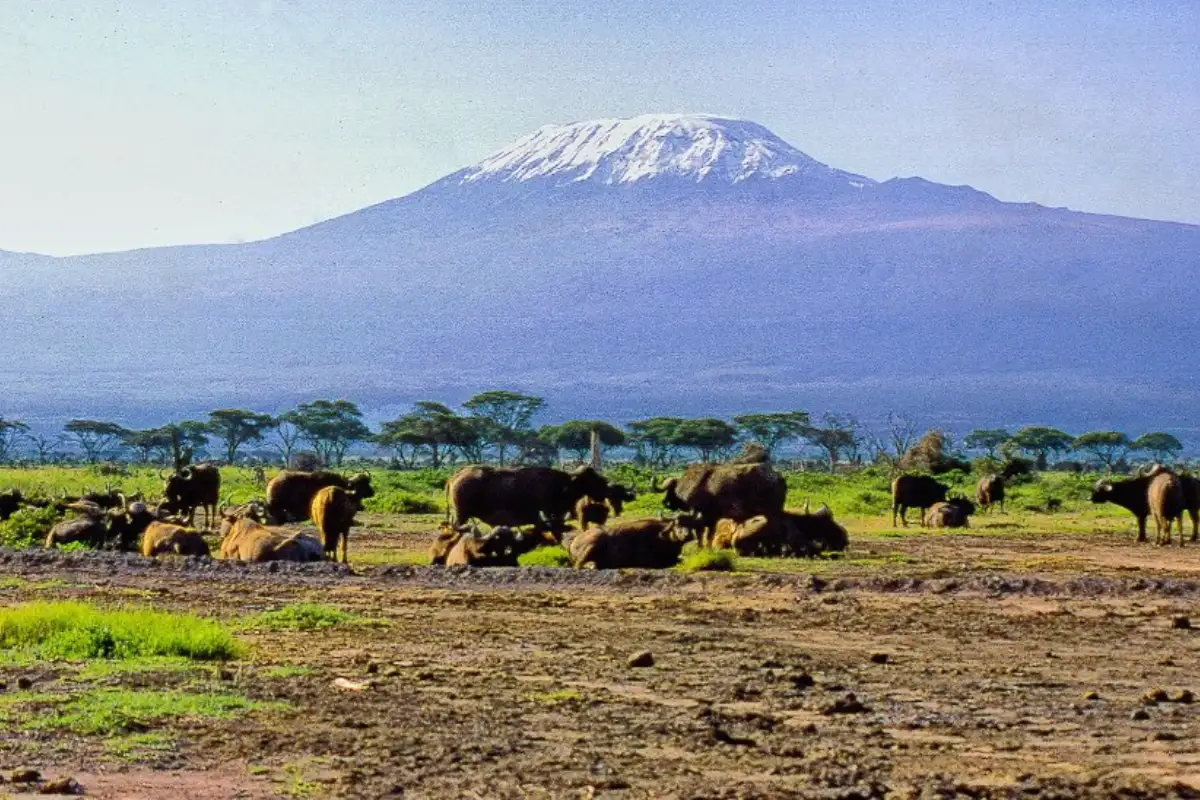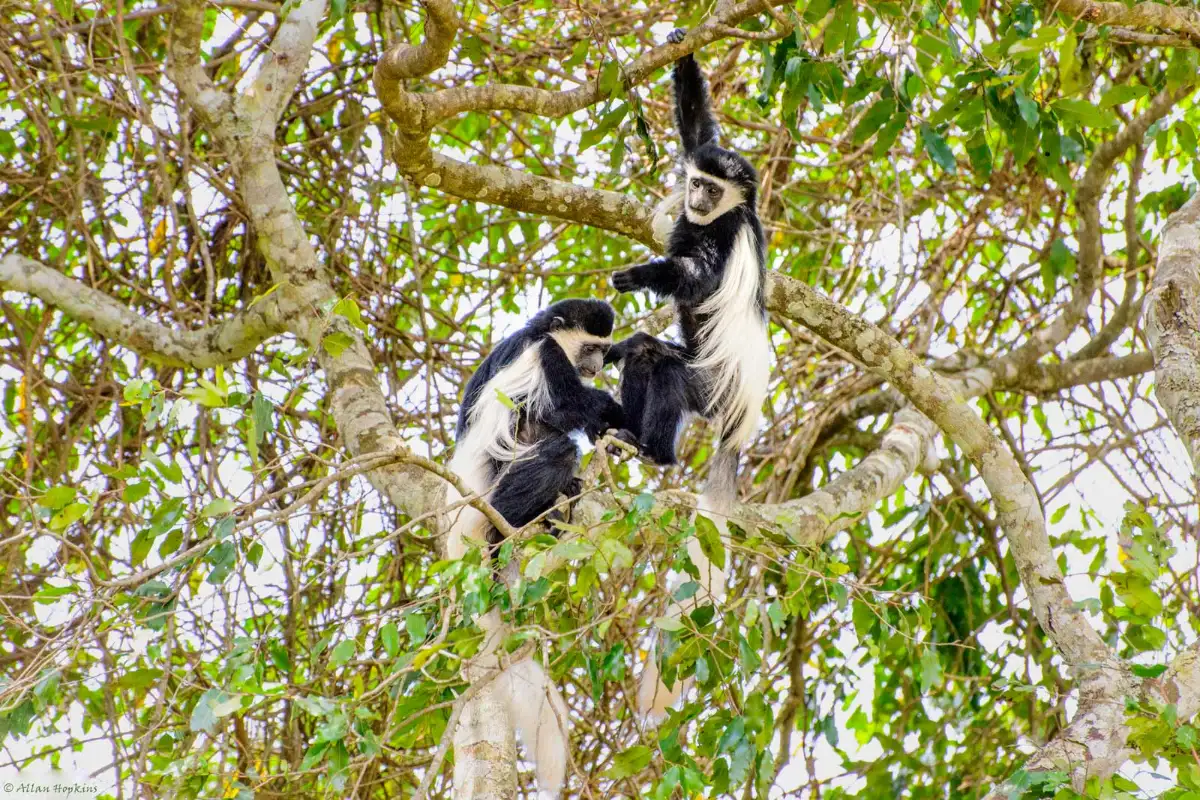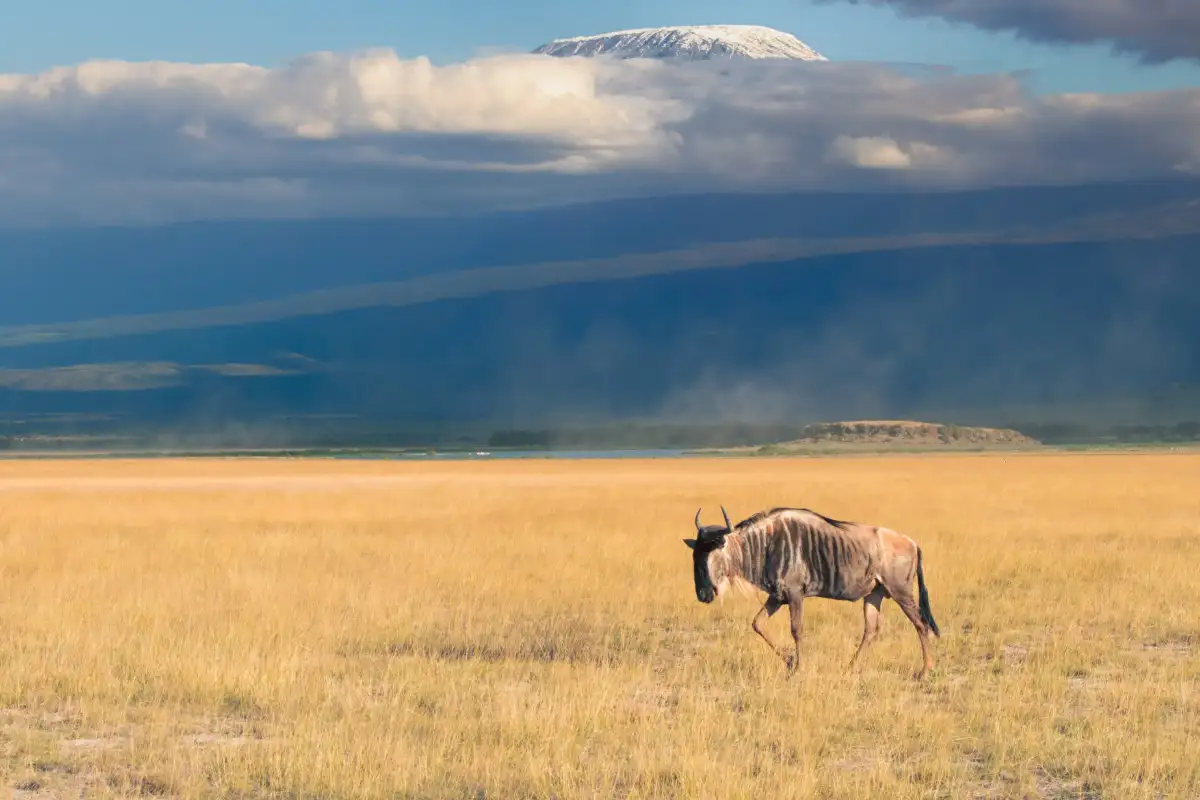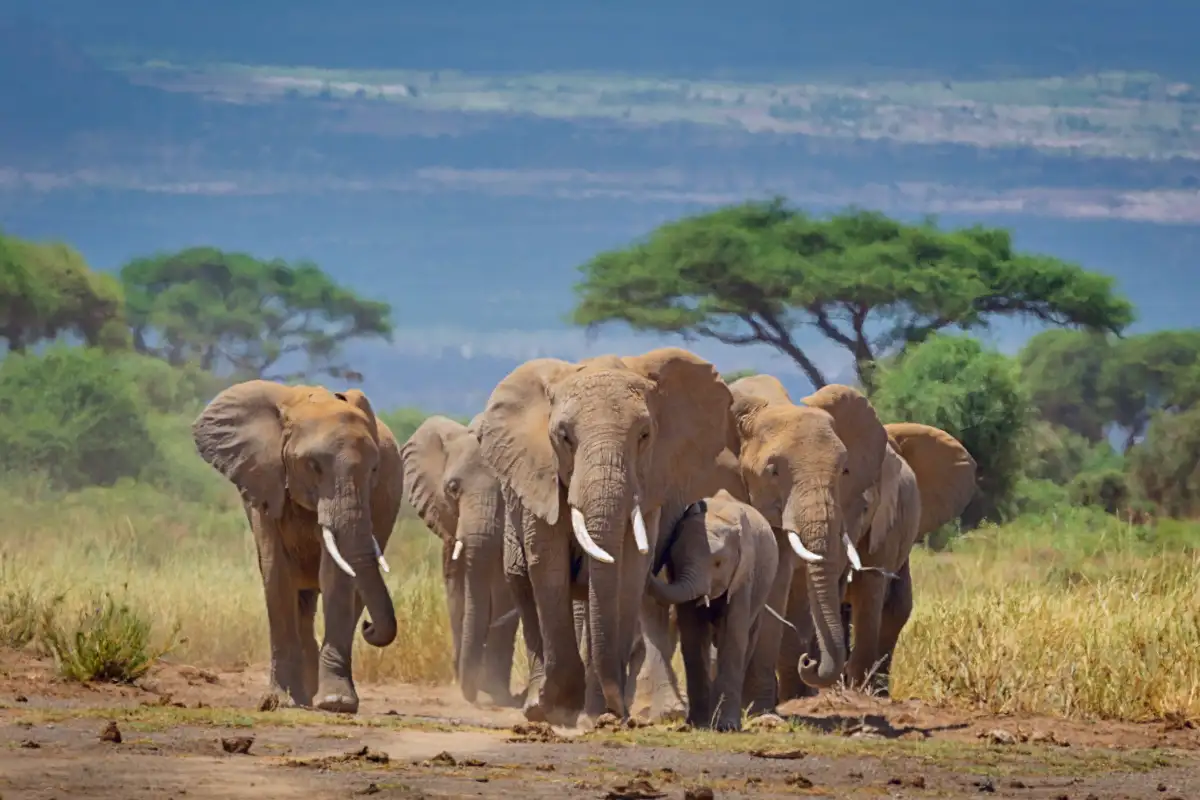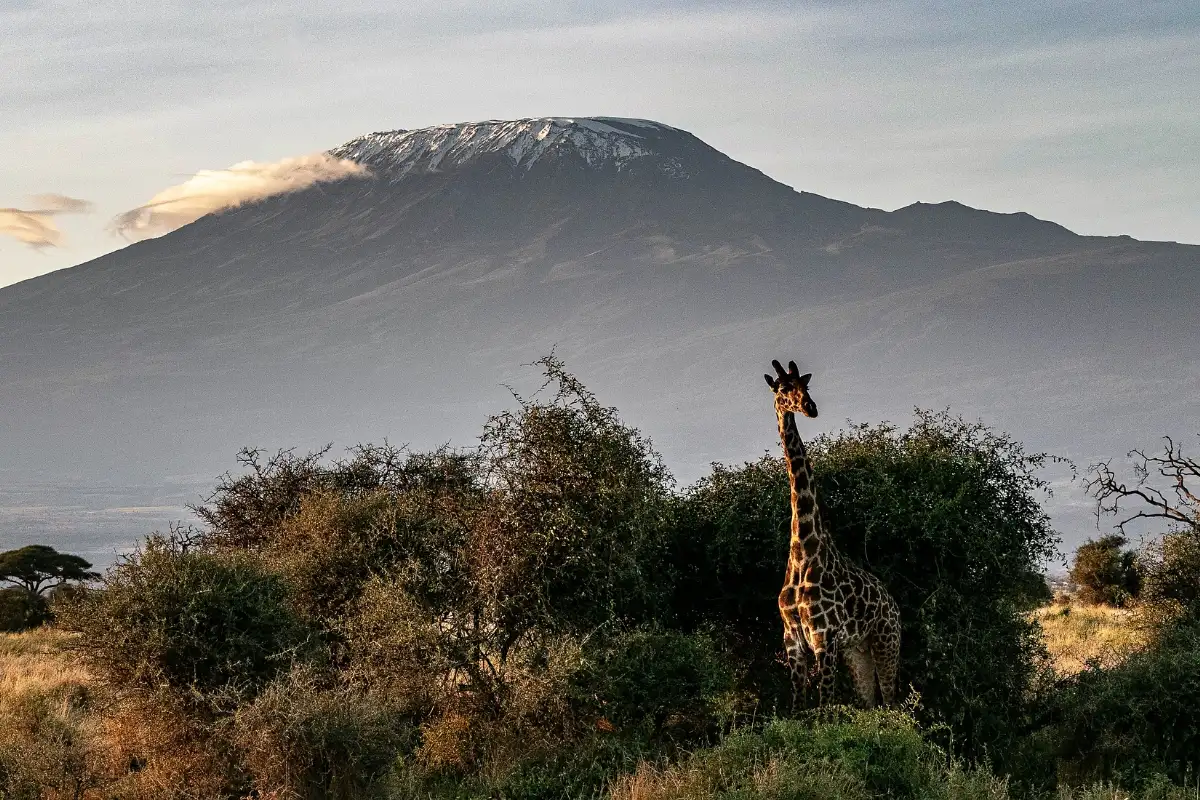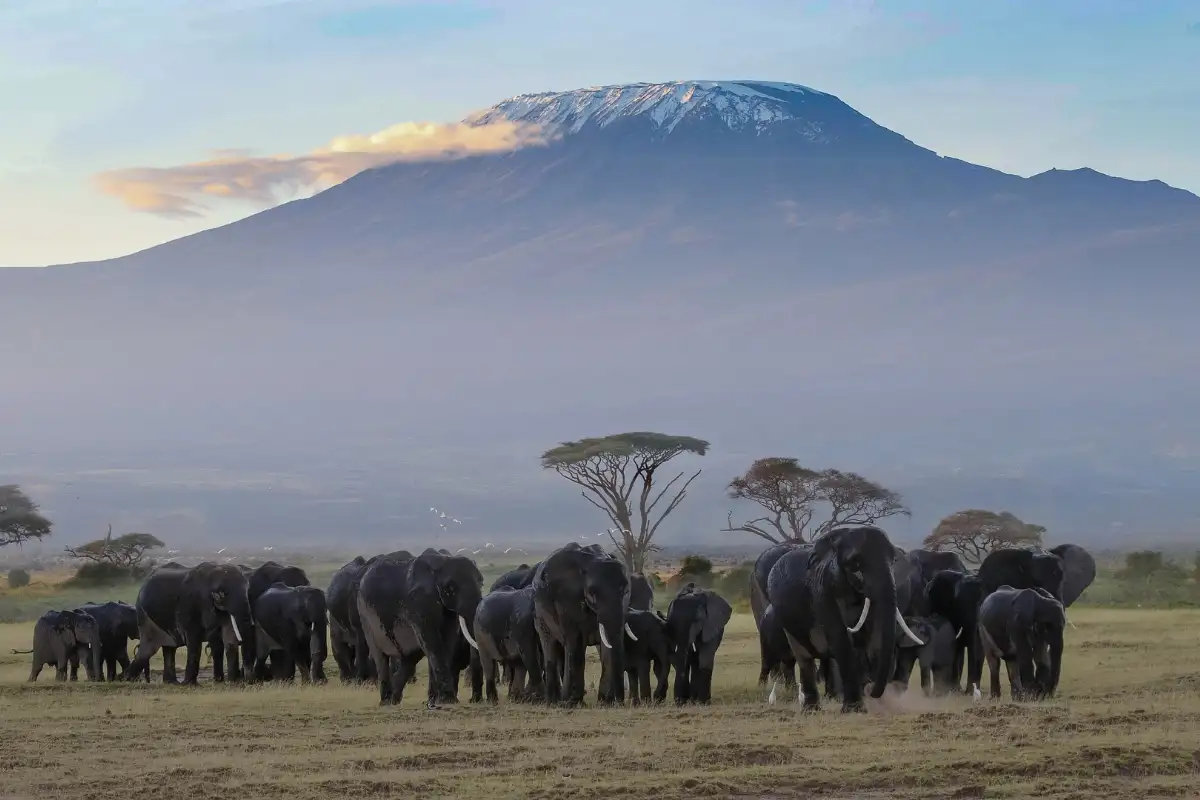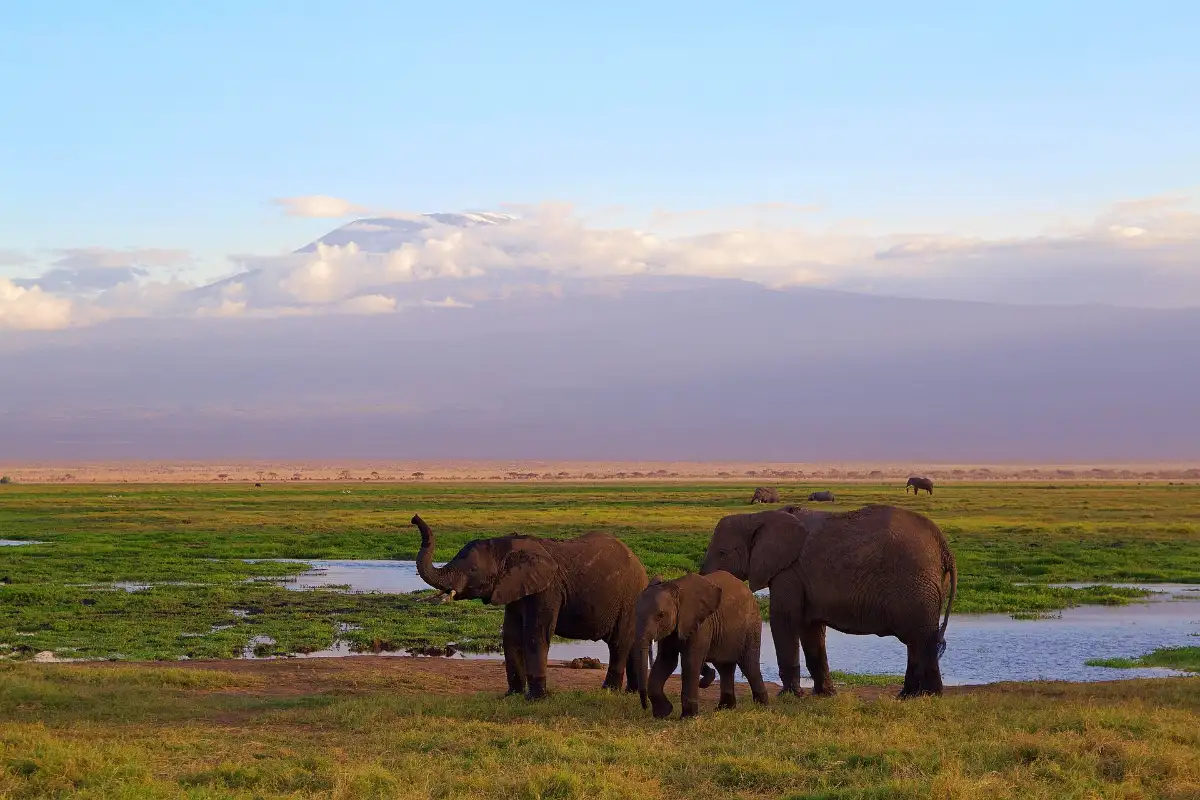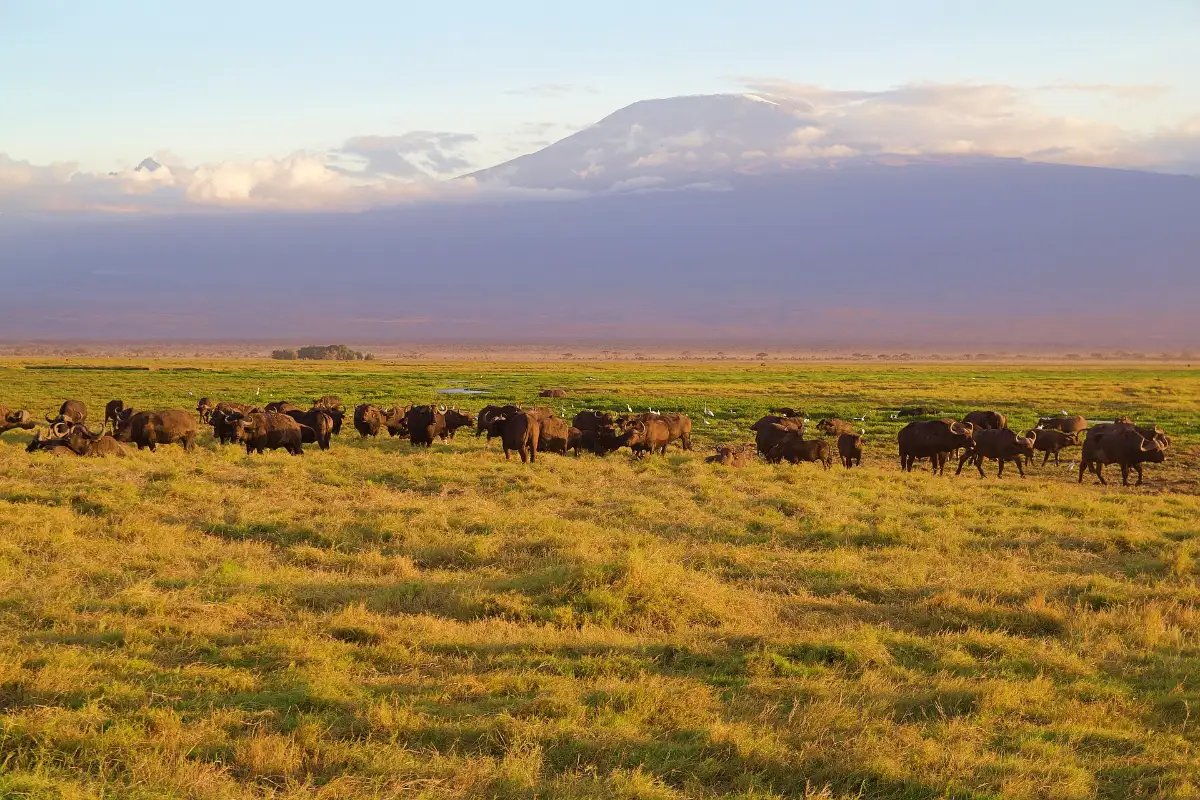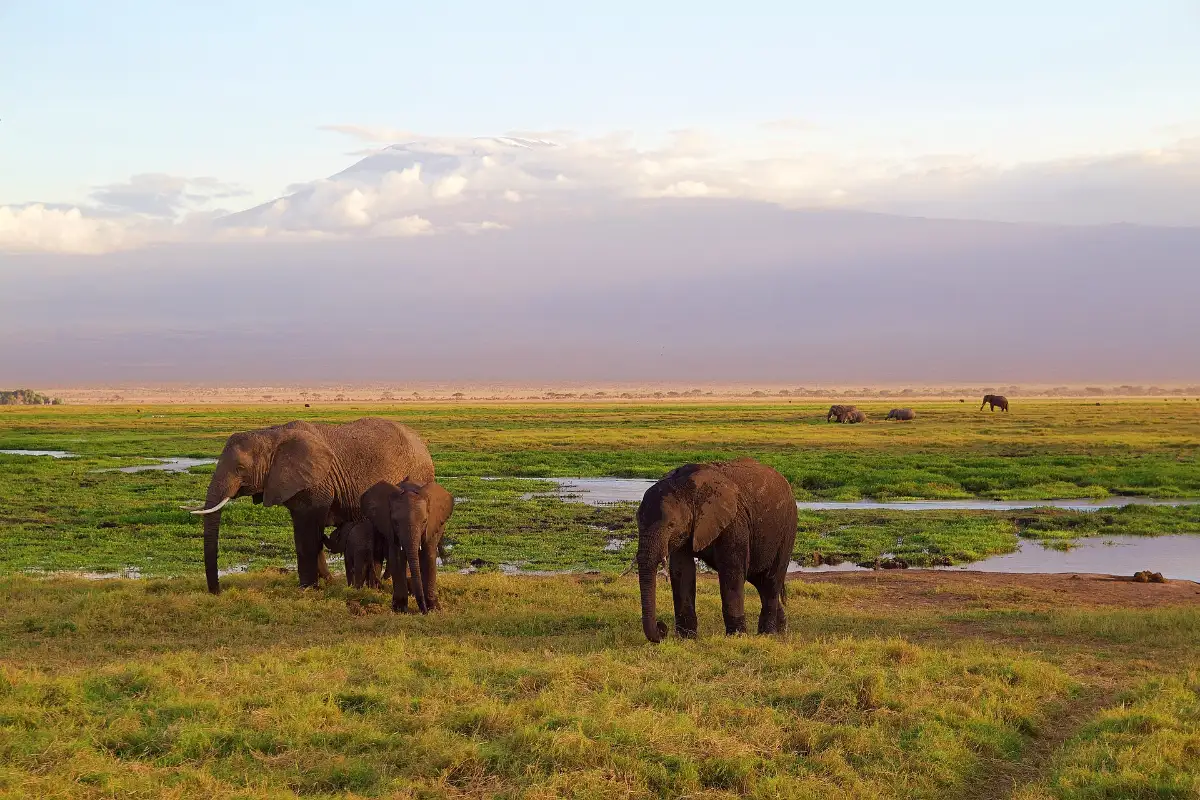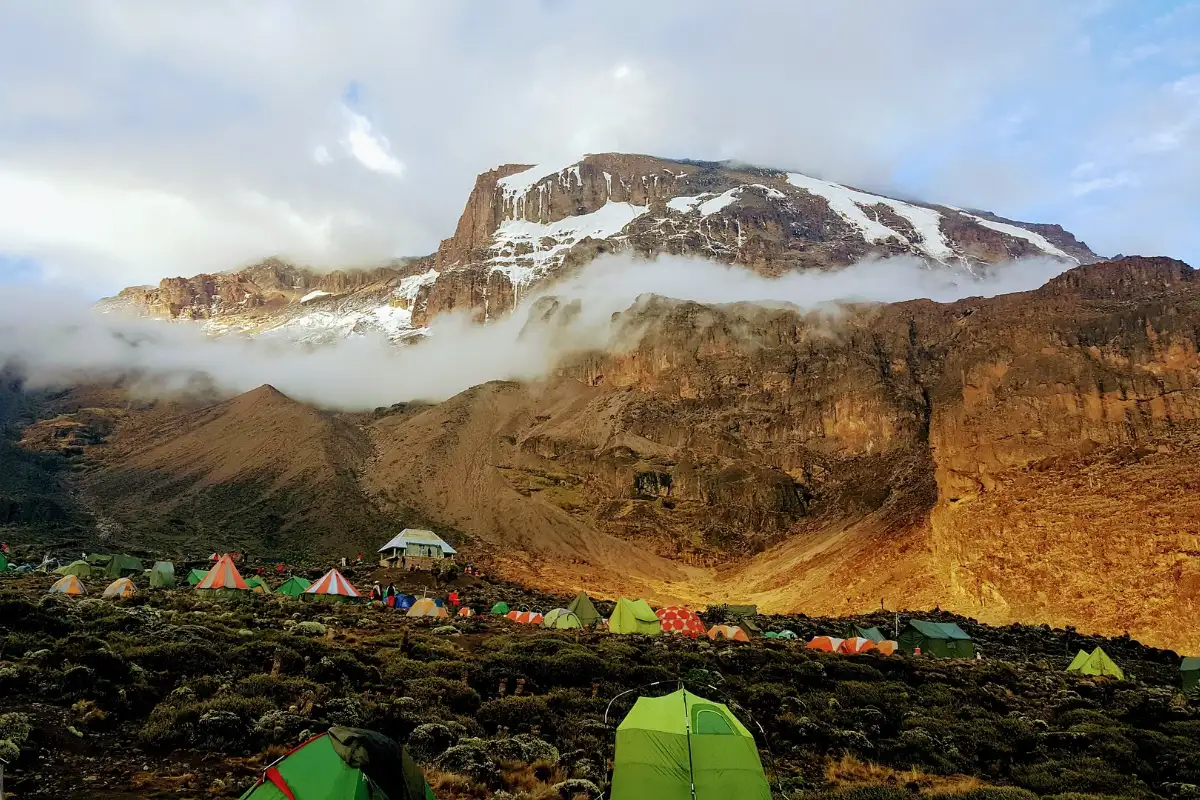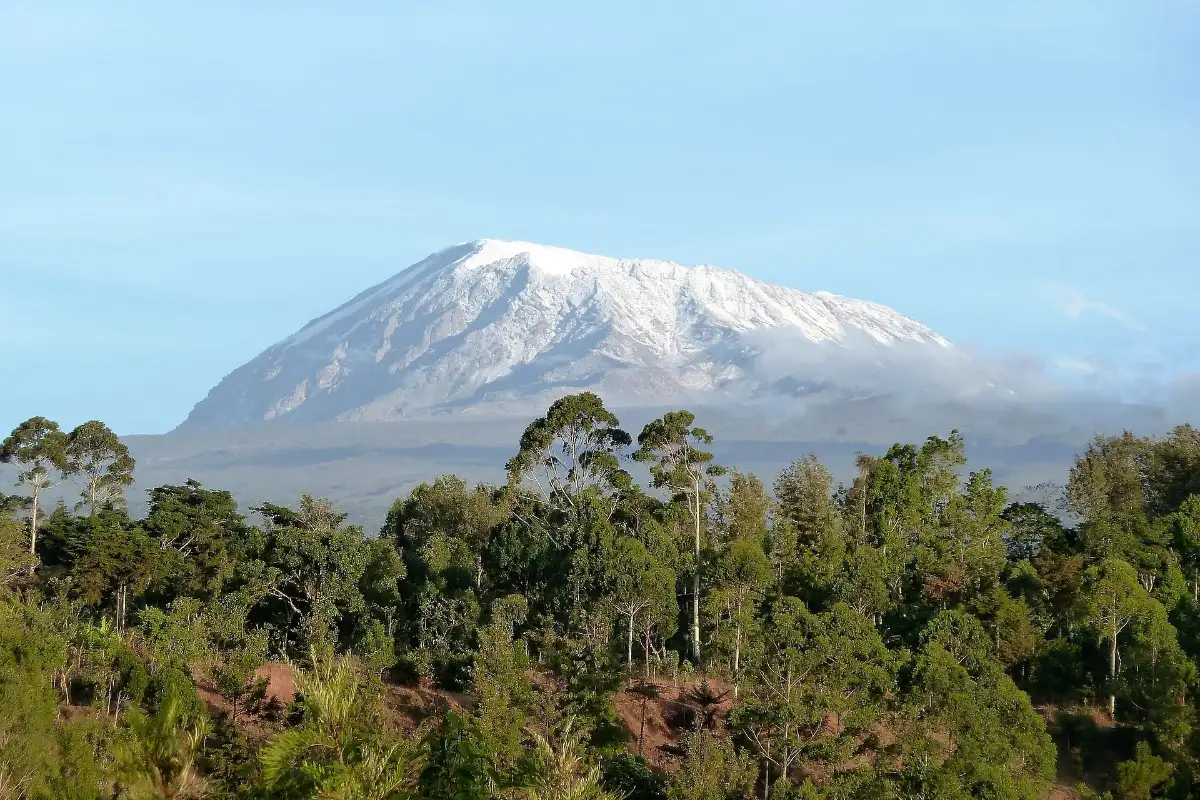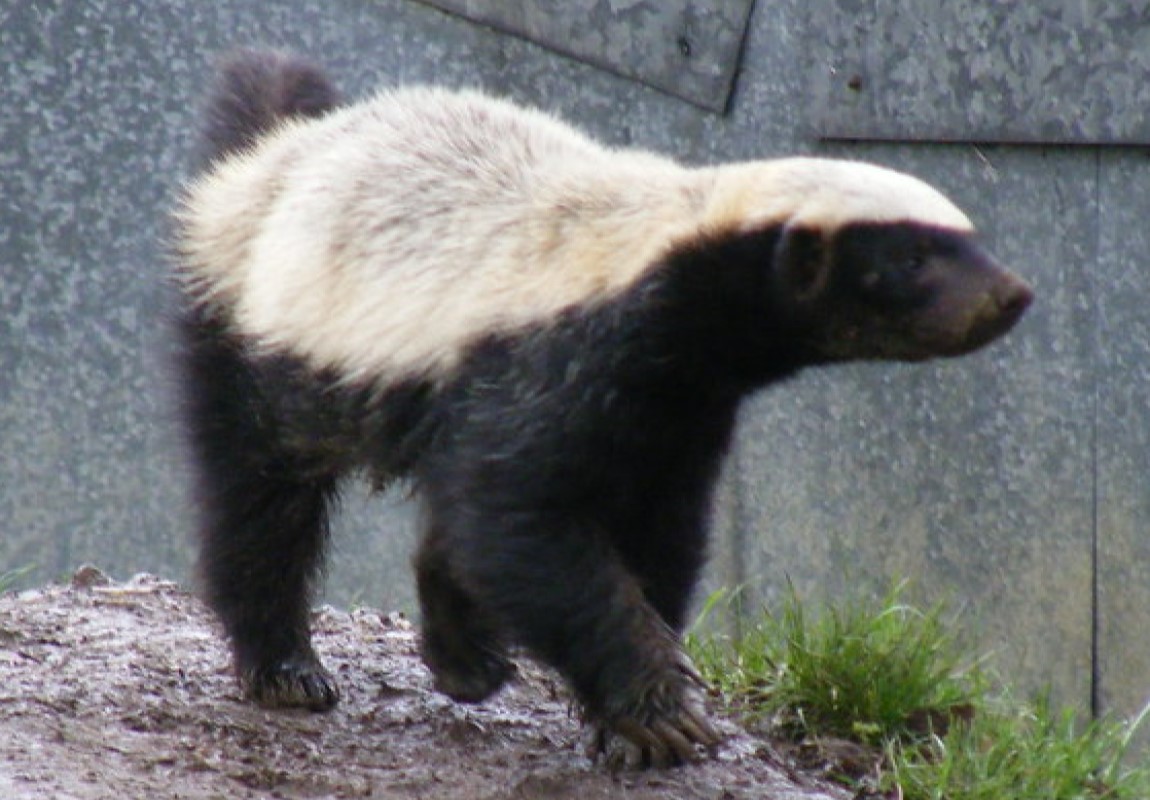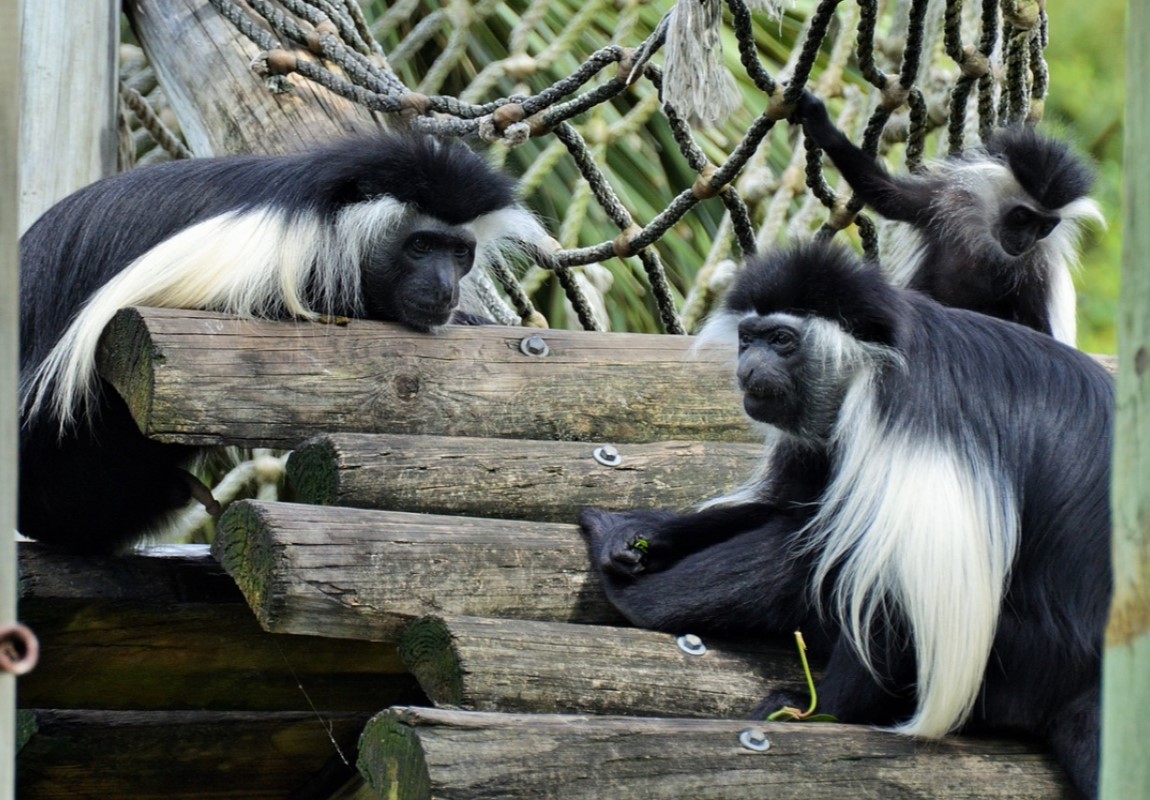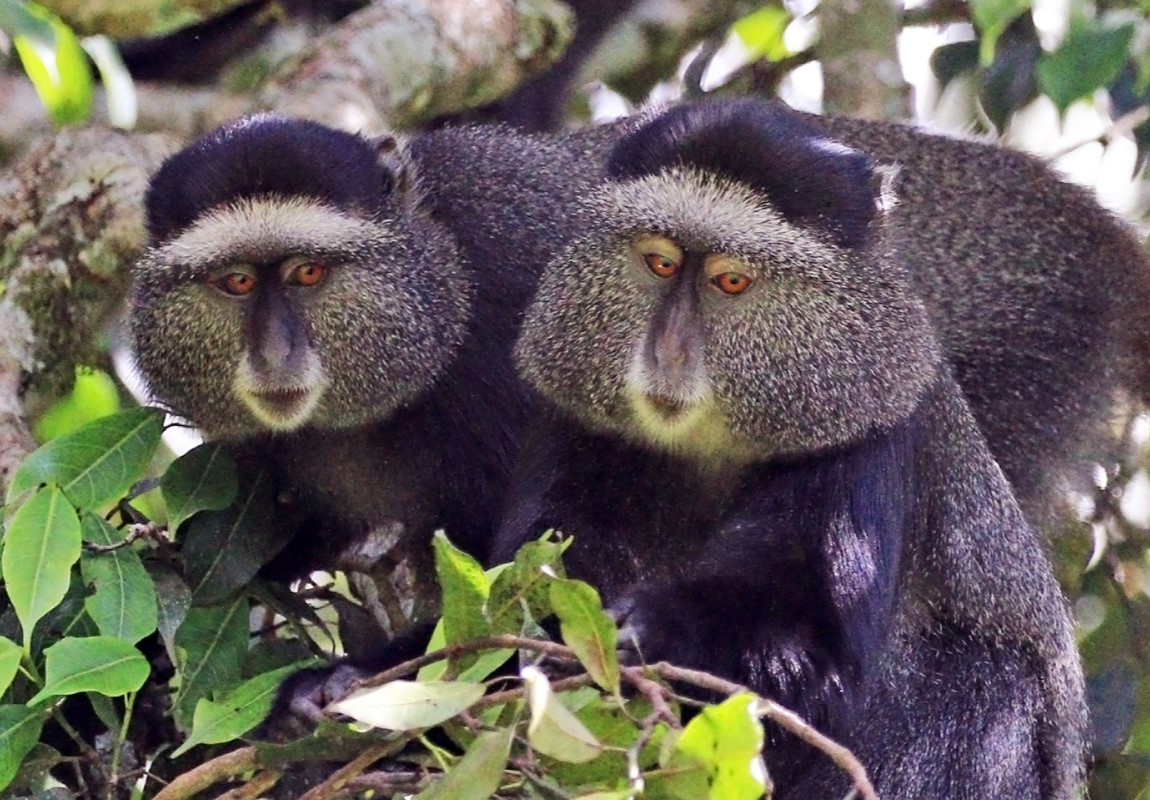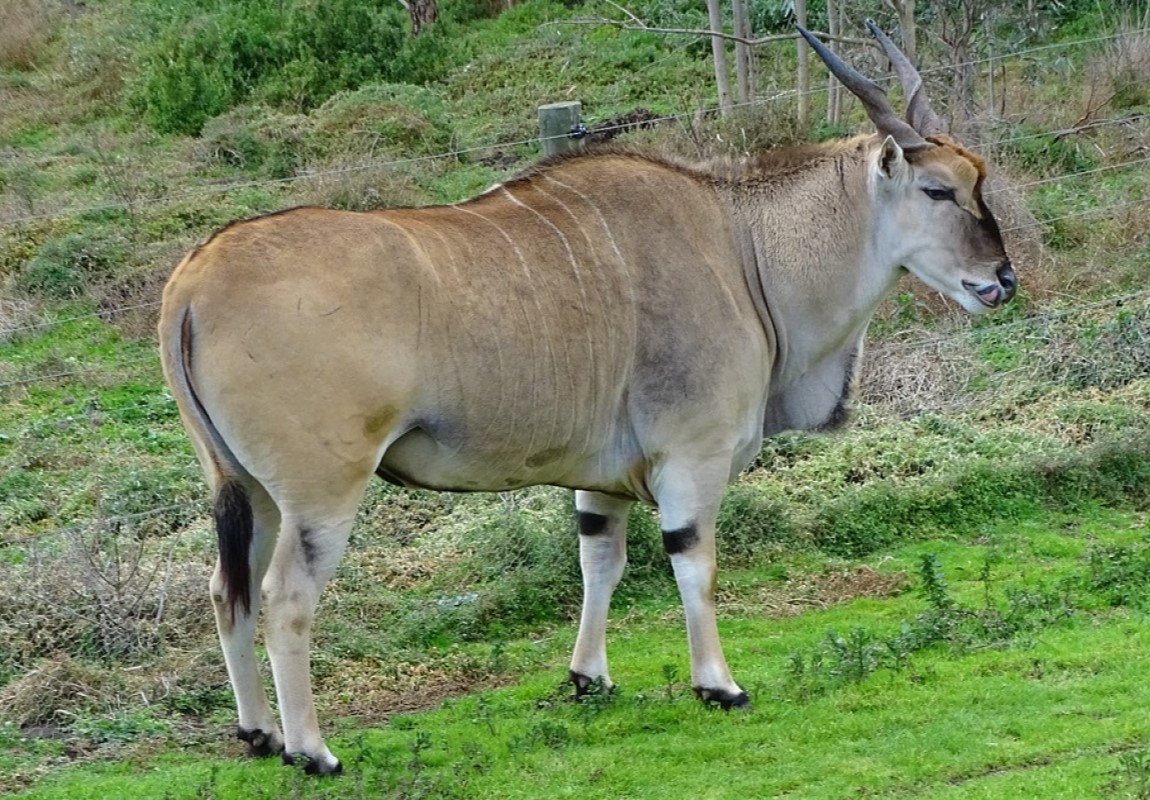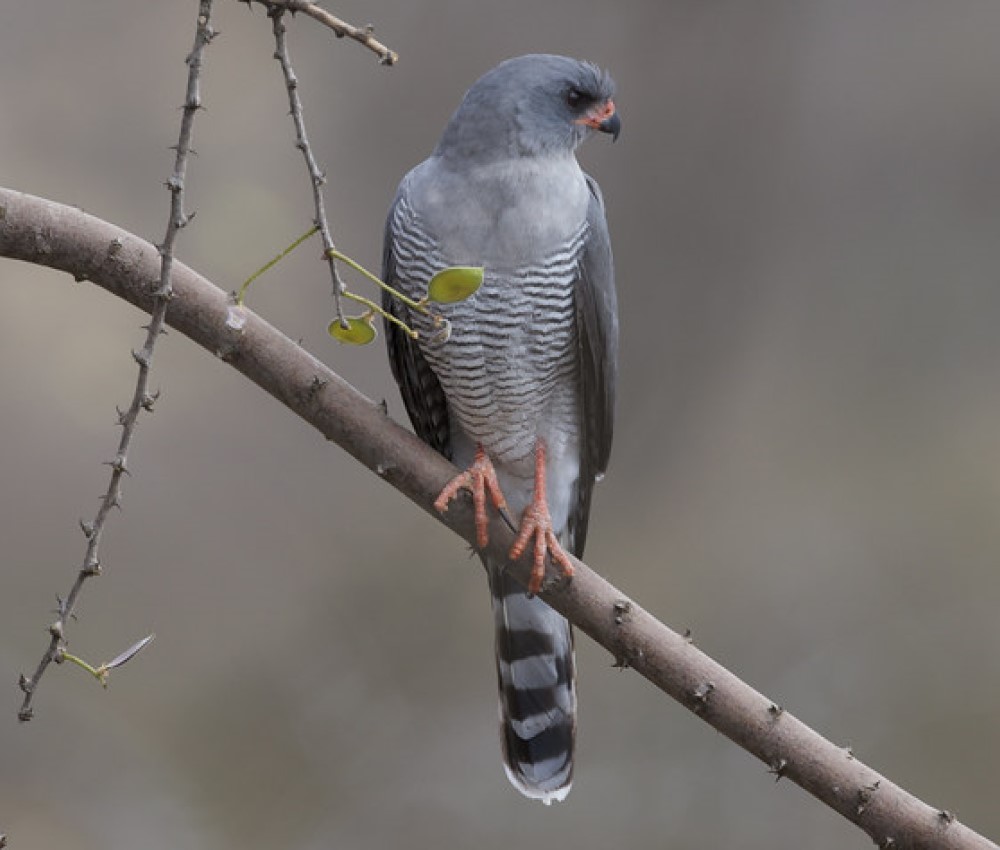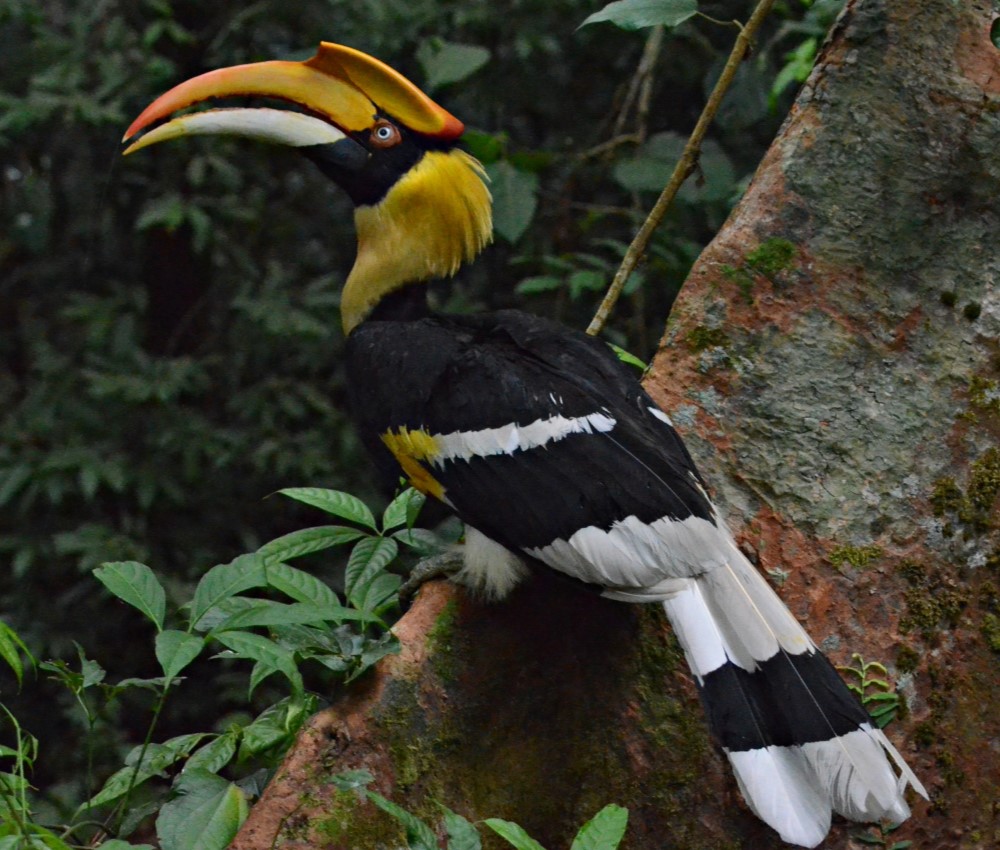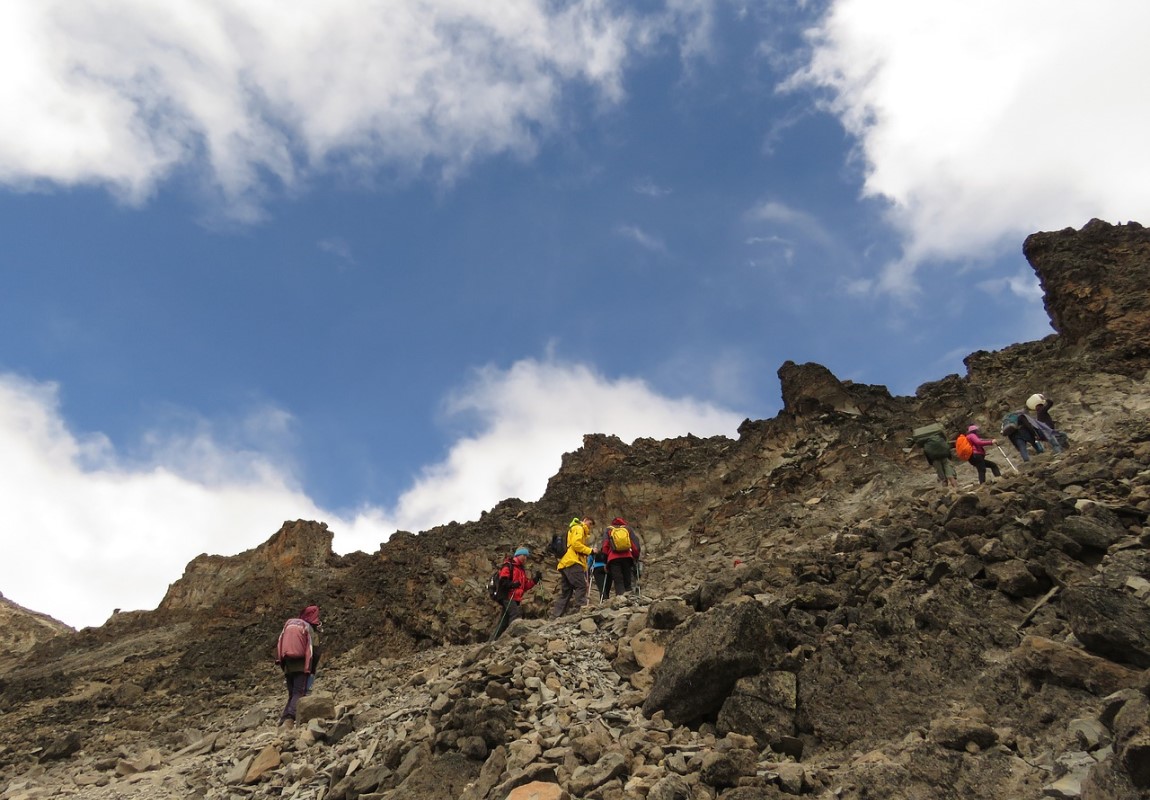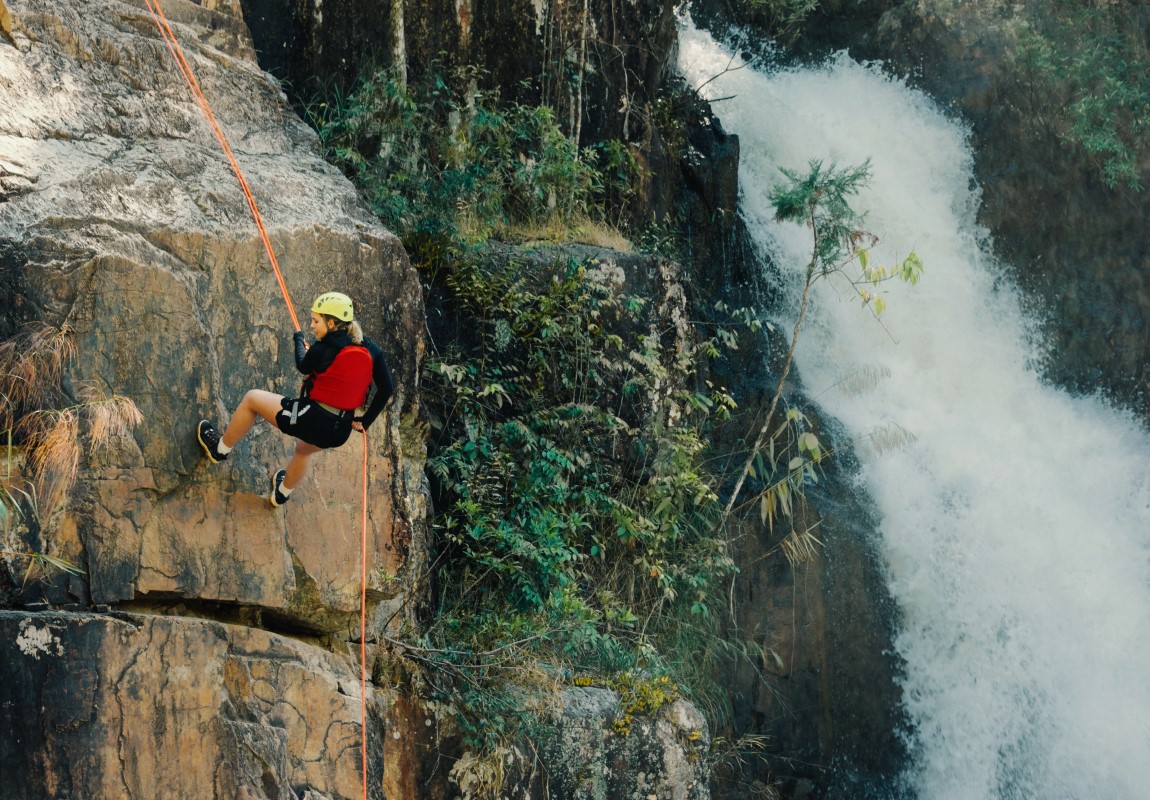Mount Kilimanjaro National Park 
Starting from
$800PP
Overview
In the northeastern part of Tanzania, and extremely near the Kenyan border, lies the tallest mountain in Africa – Mount Kilimanjaro. At nearly 6000 meters – 5895 m (19,340 ft) – it is the largest free-standing volcanic mass in not only all of Africa but in all of the world. Kilimanjaro is comprised of several peaks, with Uhuru Peak being the highest. Kilimanjaro National Park is home to many fascinating, beautiful and unusual animals, like the black and white colobus monkey.
Pros & Cons
- There is no requirement of any prior mountaineering skill to climb to the summit.
- The mountain opens up 7 great routes to climb, so you have good options to choose between.
- This iconic mountain will introduce the trekkers with 5 distinct climate zones which is a unique feeling.
- The mountain gives a panoramic view as well as let the wildlife lovers meet some animals on the way.
- The wet season makes climbing quite challenging.
- The mountain has changing climate zones, so you need to pack a lot of stuff including proper gears and cloths.
- There are around 200 licensed tour companies and it’s hard to make a decision about which one to choose.
- In the dry season, the mountain routes are quite crowded as there are more than 30,000 climbers’ treks the mountain each year.
- The climbing is quite expensive.
Map in Tanzania
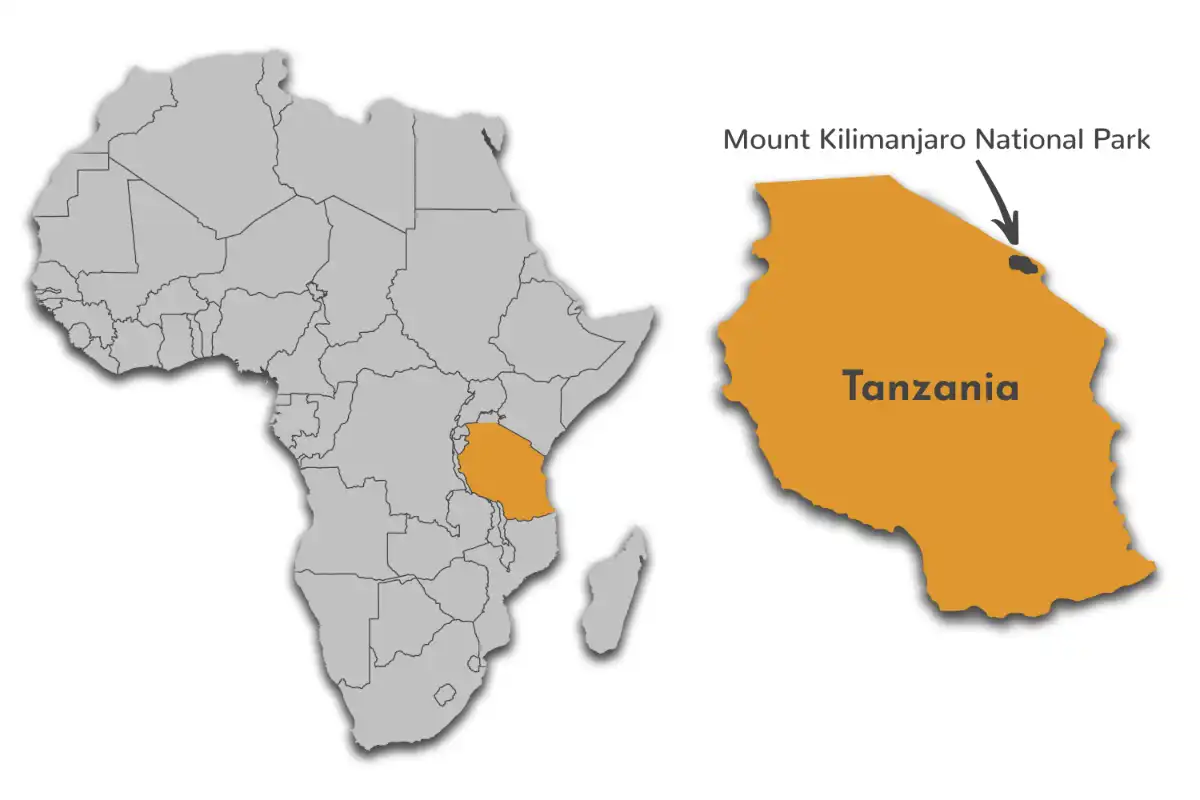
Want to Visit Mount Kilimanjaro National Park?
Gallery Images
Explore the stunning beauty of Mount Kilimanjaro National Park through our curated collection of photographs showcasing its landscapes, wildlife, and natural wonders.
Want to Visit Mount Kilimanjaro National Park?
Wildlife & Animals
Most people who visit Kilimanjaro National park come to climb and not for a safari. It is, however, possible to see many animals in almost all of the zones, such as black and white colobus monkeys, blue monkeys and olive baboons. Buffalo, elephants and elands also live here but they are seldom seen.
Wildlife Highlights
A variety of animals can be found in the park. Above the timberline, the Kilimanjaro tree hyrax, the grey duiker, and rodents are frequently encountered. The bushbuck and red duiker appear above the timberline in places. Cape buffaloes are found in the montane forest and occasionally in the moorland and grassland. Elephants can be found between the Namwai and Tarakia rivers and sometimes occur at higher elevations. In the montane forests, blue monkeys, western black and white colobuses, bush babies, and leopards can be found.
Best Time for Wildlife Viewing
Kilimanjaro can be climbed year-round. The months which are considered to be optimum climbing months are January, February, and September. These months are high tourist season. The end of March through May is the heavy rains season, which means the mountain may be shrouded in heavy clouds. It does, however, mean the crowds are much thinner. The winter months of June through September are also recommended, but temperatures tend to be lower than in December through February.
Want to Visit Mount Kilimanjaro National Park?
Birds
Mount Kilimanjaro national park boasts various species of birds, it is believed to be home to more than 180 bird species some of which are migratory birds and others endemic to this area, a portion of the birds in Mount Kilimanjaro are; white-necked Ravens, occupant dark bore kites, since quite a while ago followed trogon, Gabar goshawk, blue snoozed mousebirds, dim hornbill, African fish hawks, white-cheeked barbet, African dwarf kingfisher and red-covered robin talk among the rest.
Best Time for Birding
The best time to do bird watching is from November to April when migratory birds from Europe and North Africa are present.
Want to Visit Mount Kilimanjaro National Park?
Best Time to Visit – Mount Kilimanjaro National Park
Kilimanjaro can be climbed year-round. The months which are considered to be optimum climbing months are January, February, and September. These months are high tourist season. The end of March through May is the heavy rains season, which means the mountain may be shrouded in heavy clouds. It does, however, mean the crowds are much thinner. The winter months of June through September are also recommended, but temperatures tend to be lower than in December through February.
May to October (Dry Season)
- Less vegetation and animals concentrate around water, making them easier to spot
- The skies are clear, rain is rare, and there are fewer mosquitoes
- Even though most tourists visit during the Dry season, the parks still feel uncrowded, except for the bustling Chobe riverfront area
- Early morning and evening drives are cold in June, July and August
November to April (Wet Season)
- The scenery is greener, and there are lower rates during this season
- Although wildlife is easier to spot in the Dry season, you'll still see plenty
- There are many newborn animals and migratory birds
- Except for January and February, rains seldom interfere with your trip
- During January and February, the rains can be continuous for days
- It gets very hot in October and November
- Some lodges and camps close down during part of the Wet season
Want to Visit Mount Kilimanjaro National Park?
Activities
Explore popular activities available in and around Mount Kilimanjaro National Park.
Want to Visit Mount Kilimanjaro National Park?
No FAQs available for this park yet.

 English
English French
French
